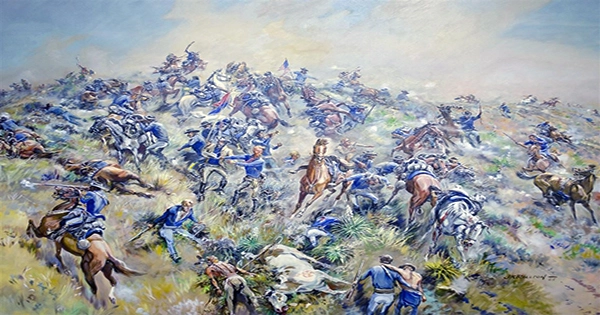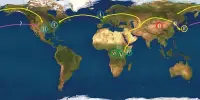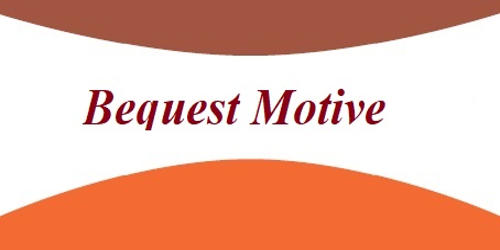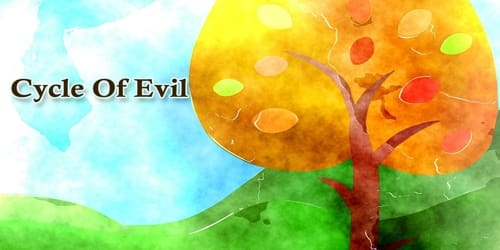The Peel Art Gallery, Museum, and Archives has found a rare eye-witness account of the Battle of the Little Bighorn from the perspective of a Native American man. The Battle of the Greasy Grass, as it was known to Native Americans at the time, took place near the Little Bighorn River in Montana Territory. Following the US government’s breach of a pact, Lakota Sioux, Northern Cheyenne, and Arapaho tribes fought federal forces headed by Lieutenant Colonel George Armstrong Custer. The US government had been attempting to confine Native Americans to reservations prior to the war and throughout the 19th century, which the tribes of the area did not appreciate.
Following the discovery of gold in Native American land in South Dakota’s the Black Hills, the US government disregarded treaties between the two groups and invaded. Officer George Armstrong Custer’s 7th Cavalry was assigned to scout the area for adversaries after a skirmish on June 17, 1876, which he discovered in abundance. Rather than wait for reinforcements, he chose to fight 3,000 Native American warriors with only 600 soldiers, who were later divided into 200-man groups.
Given how precisely 100 percent of the men were killed, there aren’t many accounts from the US Army. Aside from having an eyewitness account of the conflict, having a written – rather than oral – narrative like the one delivered to the Peel Art Gallery, Museum, and Archives is extremely rare. Standing Bear, a Lakota leader, watched the battle and the arrival of Custer’s forces immediately after attending a Sun Dance celebration, according to the story, which was recorded nearly 60 years after the conflict.
According to the story given to CBC Radio, “I heard a man shouting that the army was coming.” “They’d killed a young man who was on his way to get our horses. I rushed back and saw another man bringing our horses; I leapt into one, but I didn’t have time to dress; all I had was my shirt and no shoes. I was riding with my uncle in the direction of Reno when we noticed Custer approaching up the hill. Hundreds upon hundreds of our people surrounded us before we got any closer. Guns were carried by a few of them, while bows and arrows were carried by the majority.” The letter was accompanied by a sketch of the Sun Dance celebration, which included artwork of Lakota leader Sitting Bull, though it is unclear whether it will be published owing to depictions of a holy ceremony.
















